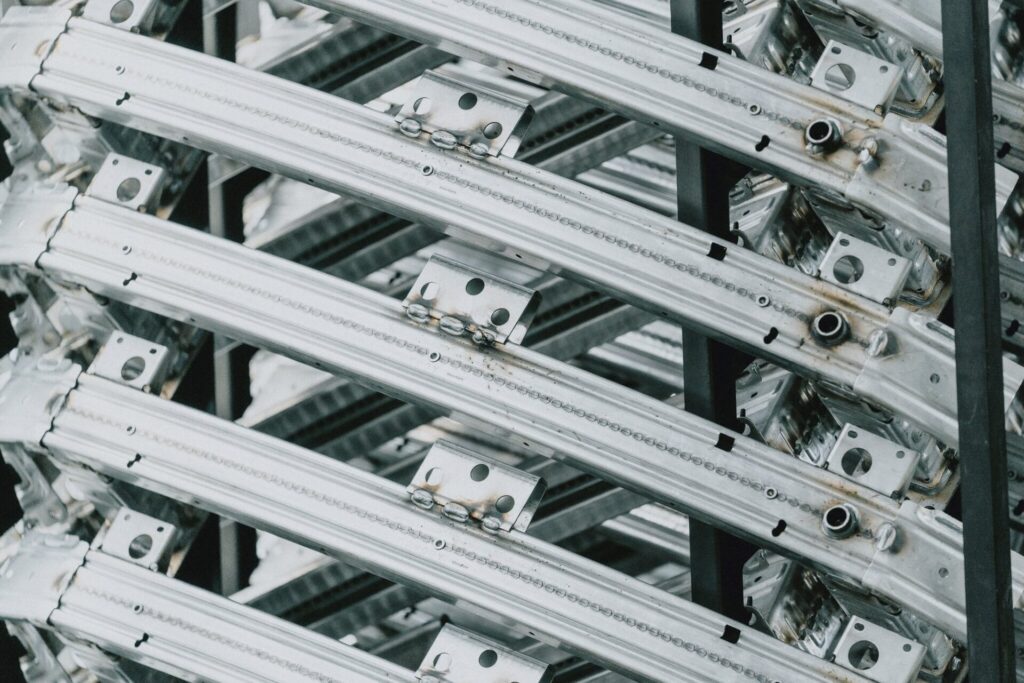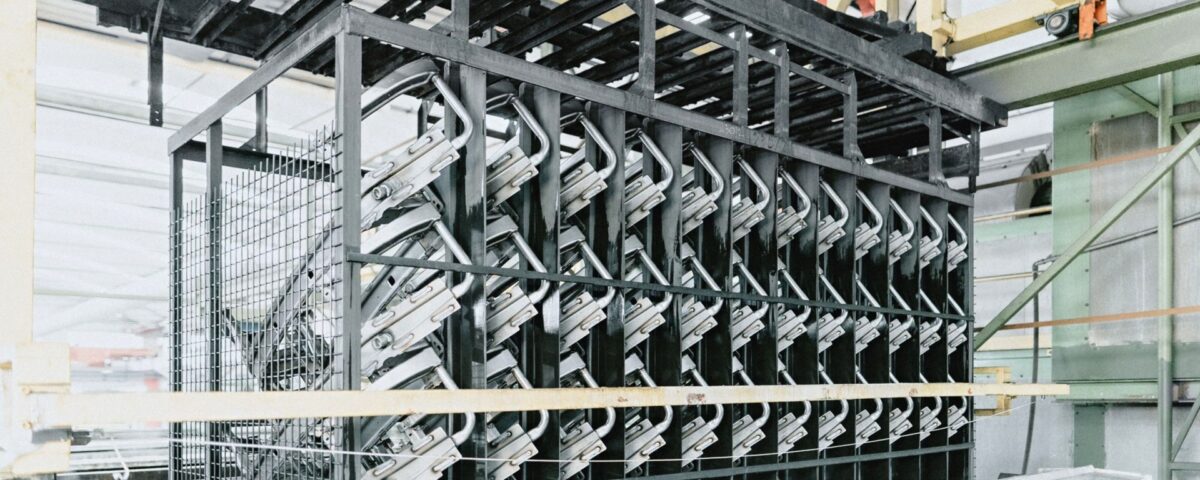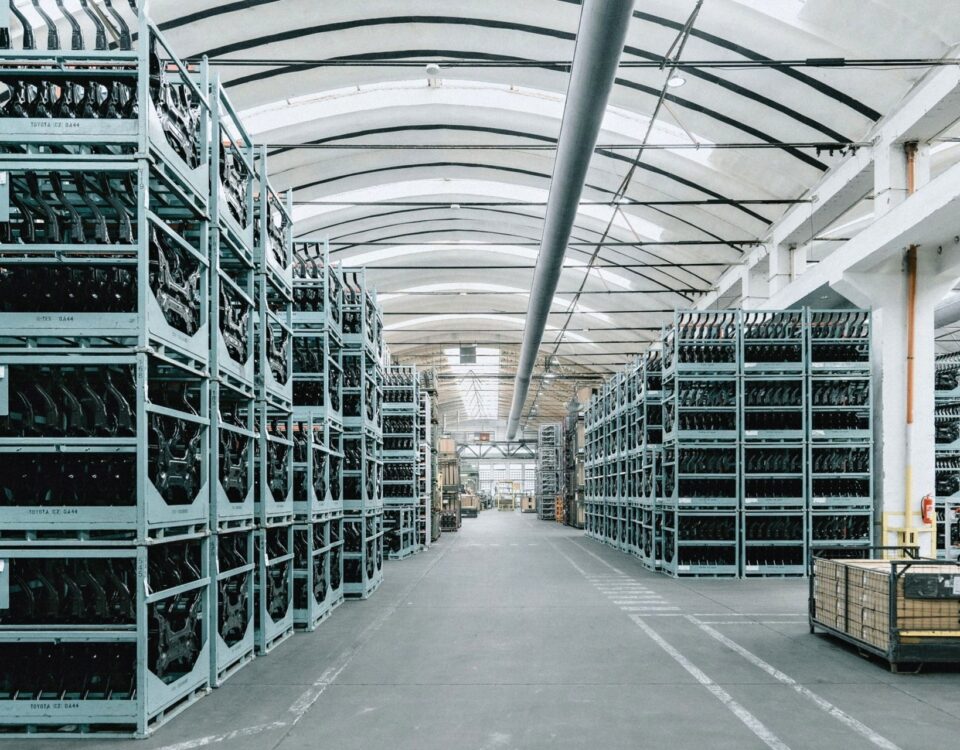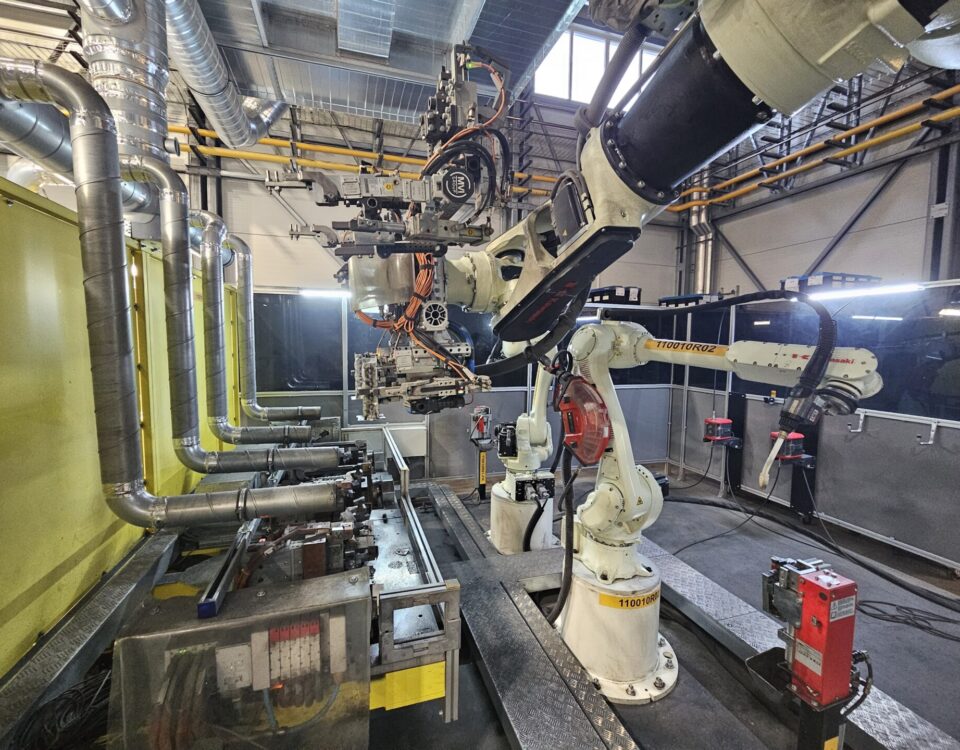In cathodic dip coating (KTL), the quality of surface pretreatment directly determines the durability and reliability of the entire part. If the process fails, the consequences appear as corrosion, coating defects, and ultimately higher costs. As the largest provider of KTL coating in Central Europe, Automotive Painting Partners places strong emphasis on precision at every stage of surface treatment.
Surface Preparation Has a Crucial Impact on Coating Quality
Before the cathodic dip coating (KTL) process begins, the surface of the parts coming from previous operations such as welding or stamping must be carefully treated. This involves thorough cleaning, degreasing, rinsing, and chemical conditioning to ensure the surface is clean, uniform, and optimally prepared for coating adhesion.
“If this step is neglected, a variety of surface defects can occur. For example, residual stamping oil can lead to incomplete coating, insufficiently rinsed phosphate sludge may cause white speckling, and ineffective acid pickling can result in rust defects beneath the coating,” explains Jan Kysela, Head of Quality at Automotive Painting Partners.
The main objective of surface pretreatment is phosphating. Phosphate forms a conversion layer between the metal and the KTL coating, enhancing corrosion resistance and ensuring strong adhesion. Achieving effective phosphating requires thorough pre-cleaning of the component.

Multi-Stage Surface Treatment for an Optimal Phosphate Layer
At Automotive Painting Partners, surface pretreatment is carried out through a multi-step process, with each stage playing a critical role in the final quality:
- Hot Rinse: Ensures part tempering and removes coarse impurities. Capillary cavities are filled to prevent chemical penetration during subsequent stages.
- Alkaline Degreasing: Removes oils, soot, lubricants, and other hydrophobic contaminants. This step is essential for successful phosphating and proper coating coverage. The process runs in two stages: stronger baths for steel parts and milder baths for galvanised or aluminium surfaces, ensuring perfect cleanliness and optimal surface preparation.
- Acid Pickling: Eliminates surface oxidation, rust, and scale, especially around welds.
- Activation: Prepares the surface for phosphating by creating nucleation sites for crystal growth, resulting in a fine, homogeneous phosphate structure. This step strongly influences corrosion resistance and coating adhesion.
- Phosphating: The core stage of pretreatment, during which zinc phosphate crystallises on the metal surface. The phosphate layer enhances corrosion resistance and ensures strong adhesion of the KTL coating.
- Passivation: A passivation bath evens out the phosphate layer and fills any irregularities. The low concentration of crystal suspension produces a smooth, uniform surface ready for coating.
- Final Rinse: Carried out in demineralised water under strict cleanliness requirements, ensuring no chemical residues are carried into the KTL bath, thereby guaranteeing process stability and coating quality.
The process is supplemented by two-stage rinses between certain steps. These ensure that chemical residues from previous phases do not interfere with subsequent processes, keeping the surface homogeneous. To prevent defects, it is equally important to set the correct timing of each stage, monitor process parameters (temperature and chemical composition), and carry out regular bath maintenance.
APP: Universal KTL Line, High Capacity, Superior Results
Our coating lines process up to 10 million square meters of surface per year and include some of the largest KTL baths in the Czech Republic. We are capable of treating parts ranging from small components to large assemblies, including full automotive bodies. Our specialty is versatility – we apply KTL coatings to a wide range of materials across industries such as automotive, construction, engineering, healthcare, furniture, and electronics.
Want to minimise surface defects and extend the lifetime of your components?
Get in touch with our KTL experts today.



